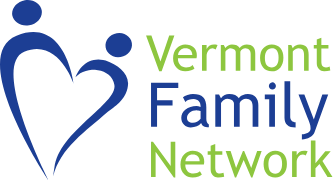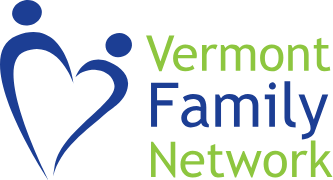Printable Version including Resources
What is Act 77, the Flexible Pathways Initiative?
Legislation passed in 2013 in Vermont led to the creation of a Flexible Pathways Initiative to:
- “encourage and support the creativity of school districts as they develop and expand high-quality educational experiences that are an integral part of secondary education in the evolving 21st Century classroom;
- promote opportunities for Vermont students to achieve postsecondary readiness through high-quality educational experiences that acknowledge individual goals, learning styles, and abilities; and
- increase the rates of secondary school completion and postsecondary continuation in Vermont.”
What does Flexible Pathways/Act 77 include?
- Expands Dual Enrollment Programs
- Career Technical Centers
- Early College
- Personalized Learning Plans
- Increase access to Work-based Learning
What is Dual Enrollment?
- Dual Enrollment Programs allow high school students to take college courses while still in high school. Participating students earn college credits, reducing the time it takes to get a college degree, potentially reducing the costs associated with college, and challenging themselves through college-level curriculum and includes up to two college courses for each eligible high school student. Vermont’s Dual Enrollment Programs are supported by the State of Vermont’s Act 77 Flexible Pathways Initiative, GEAR-UP, the Vermont Agency of Education, and colleges and universities throughout Vermont.
- Dual enrollment vouchers are available for juniors and seniors in a course offered by an accredited postsecondary institution. These vouchers can provide to students secondary credit toward secondary graduation and postsecondary credit from the institution offering the course.
What is the Vermont’s Early College Program?
- Colleges and Universities may develop an early admission program that allows high school seniors to take a full year of college-level classes while completing their high school degree. The Early College Program (ECP) simultaneously serves as a student’s senior year of high school and a full year of college credit. Students may take a year-long course of study in any discipline.
What are Personalized Learning Plans?
- Schools work with every student in grade seven through grade 12 in an ongoing personalized learning planning process that: identifies the student’s emerging abilities, aptitude, and disposition; includes participation by families and other engaged adults; guides decisions regarding course offerings and other high quality educational experiences. These are documented in a personalized learning plan.
What is Work-based Learning?
- Schools create opportunities for secondary students to pursue flexible pathways to graduation that:
(A) increase aspiration and encourage postsecondary continuation of training and education;
(B) are an integral component of a student’s personalized learning plan; and include: - Work-based learning opportunities, including career and technical education and internships
- Virtual learning and blended learning
- Dual enrollment opportunities
- Early college programs
- High School Completion Program
What is Proficiency-based graduation?
Systems of instruction, assessment, grading and academic reporting that are based on students demonstrating mastery of the knowledge and skills they are expected to learn before they progress to the next lesson, get promoted to the next grade level, or receive a diploma.

